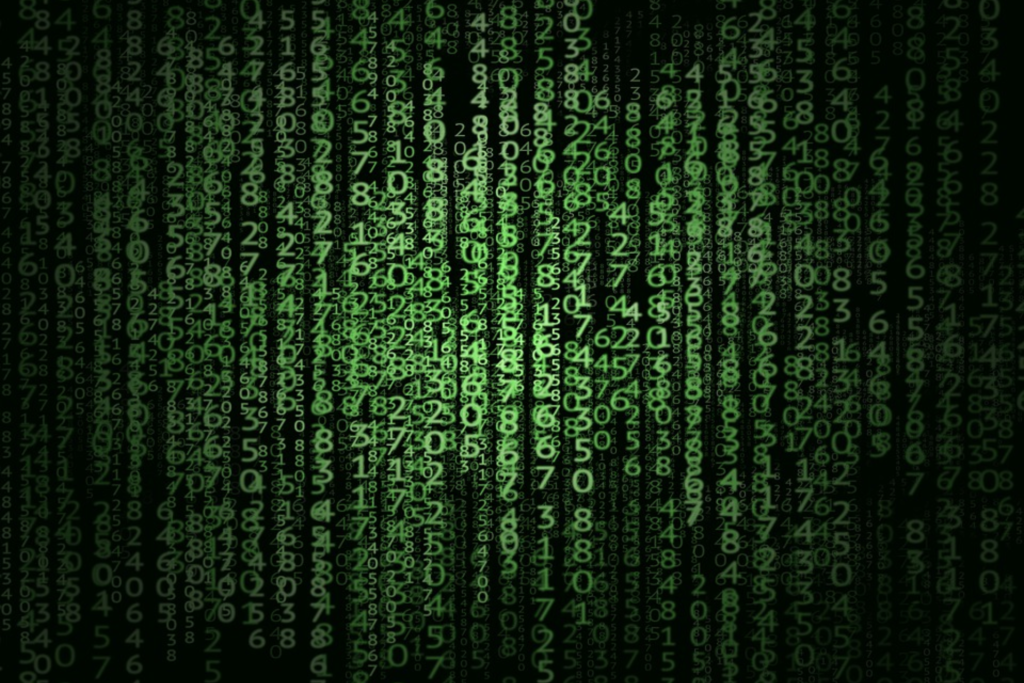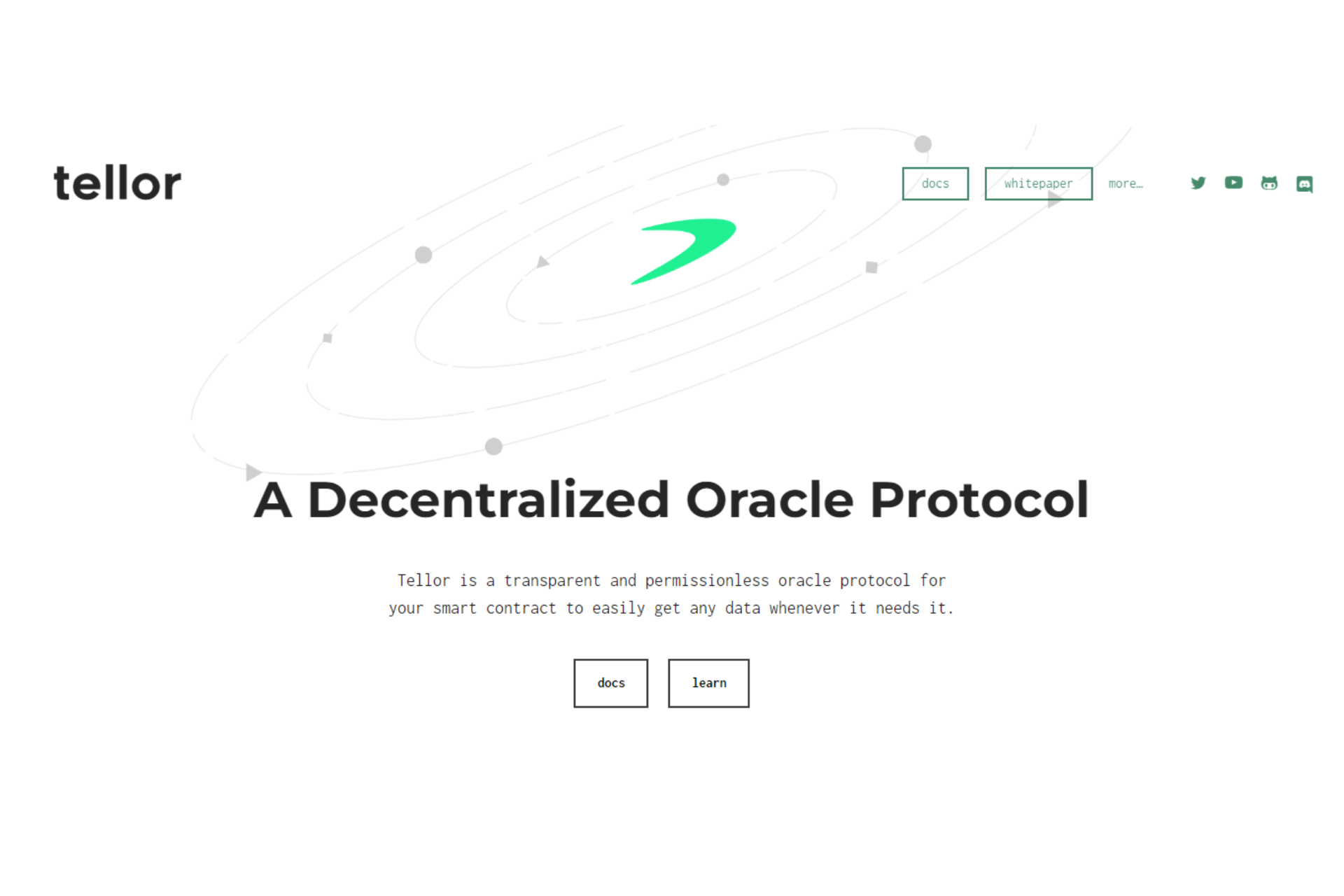What is Tellor TRB? Everything to Know About Tellor.
Tellor TRB is a decentralized oracle network built specifically for Ethereum-based applications. An oracle net is an off-chain sensor allowing blockchains to interface smoothly with external networks. When dealing with someone via an Ethereum-based smart contract, users must currently monitor live market data via cryptocurrency exchanges.
It’s a time-consuming process with a high chance of misreporting. Tellor is committed to being a decentralized alternative supplier for off-chain data, allowing users to obtain all necessary data in one location. It eliminates users’ need to visit a crypto exchange while providing them with reliable and genuine market data in real-time.
Tellor TRB History
Tellor was developed in 2019 by Brenda Loya and Michael Zemrose due to their attempt to create an oracle for their prior project, Daxia. It was created to address issues that users were having with existing oracles. Brenda Loya, Tellor’s CEO, is a blockchain expert with extensive experience in scalability and data science.

Tellor’s CSO, Michael Zemrose, has experience as a small business consultant. As a result, he has sufficient experience in business development. They raised around $400,000 in three stages for the project’s development. Binance Labs, Consensys Grants, and Makers are among the well-known investors in this initiative.
What Makes Tellor TRB Different from Other Cryptocurrencies?
Tellor isn’t the only oracle network on the market. However, this network is distinct because it employs miners rather than nodes. As a result, it enables greater decentralization than previous Oracle networks. Tellor also supports its business strategy with other products such as Dispute Center, Tellorscan, etc.
In this network, a miner must wait around 15 minutes following a win before casting the next vote. Tellor is notable for using a hybrid protocol to conduct its activities. It processes data via the Proof-of-Work system, but miners must first freeze 1000 TRB coins in a specific wallet to participate in this process. As a result, it stops malevolent miners from supplying incorrect data points.
How Does Tellor TRB Work?
Blockchains are designed to offer users an outstanding level of security since they function independently. However, when a user obtains live data from an external resource, the blockchain industry’s strength becomes vulnerable.
Ethereum, for example, is a famous smart contract platform that allows users to build apps on the blockchain network. Since these blockchains aren’t interconnected, if someone launches a Decentralized Finance (Defi) app on Ethereum, they won’t have a trustworthy choice to show live Bitcoin or other cryptocurrency pricing.
In this case, some platforms rely on third-party solutions to retrieve live data. However, it ultimately jeopardizes their platform. Tellor TRB offers a viable answer to the problem. It acts as a link between the blockchain and off-chain data.
How does the Oracle work?
Tellor employs both Proof-of-Work and Proof-of-Stake methods. Miners stake 1000 TRB coins to participate in the mining process.
When a user requires off-chain data, he submits a data request with TRB tokens. If other users require the same information, they can also tip this query. The Oracle network produces mathematical equations for these queries and assigns them to miners to solve. The amount of TRB tokens connected with each query is used to prioritize these requests.
After solving the equation, the miners send off-chain data points to the Oracle network. After receiving five values from miners, the network chooses the median value. This value is subsequently added to the on-chain data that Tellor users can access. Simultaneously, the network distributes prizes to miners who engage in data submission.
The best aspect is that if miners have won rewards for solving a query, they only have to wait about 15 minutes for the next task. It gives all miners an equal opportunity to participate in the process.
Providing authority
Tellor’s Dispute Center grants authority to all users. Any TRB holder can use this function to file a dispute if they aren’t happy with the authenticity of a mined value. To begin the case, the token holder must pay a dispute fee.
The rest token holders will then vote on whether the disputed mined value is valid. The miner will lose the staked TRB tokens if the values are incorrect. If the data is correct, the dispute fee will be transferred to the miner. As a result, the entire Tellor community contributes to creating Tellor a secure network.
TRB Tokenomics
TRB is the Tellor network’s native token that is utilized to perform various actions. It currently has 2.26 million coins in circulation and a market cap of $31 million. It doesn’t have a maximum supply, but inflation is controlled by burning half of each block as the supply grows.
Token utility
Dispute compensation
TRB tokens can be used to compensate members of the community who file disputes about questionable submissions.
Mining
To participate in the mining process, miners must submit 1,000 TRB tokens to the Tellor network.
Rewards
When miners solve the equation, they are rewarded with TRB tokens. The Tellor team also receives 10% of the mining payout.
Payments
Users can submit their TRB tokens to obtain the data they need.
Conclusion
Tellor is a decentralized network allowing blockchain users to access off-chain data safely. It employs a hybrid consensus approach to provide users with real-time data at low costs. Please get in touch with us if you have any concerns regarding how Tellor works or need more info about TRB tokens.




